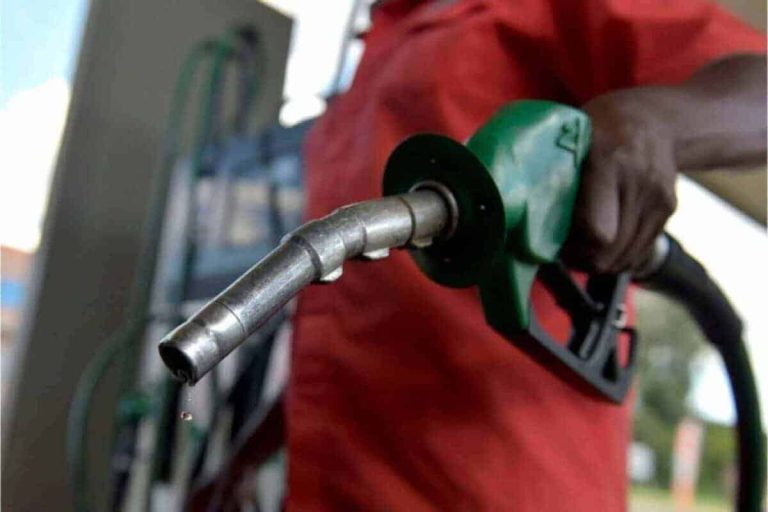
Producers to pause output increases in first quarter amid oversupply concerns and new sanctions on Russia…
Global oil prices gained slightly on Monday after the Organization of the Petroleum Exporting Countries and its allies (OPEC+) announced plans to suspend production hikes during the first quarter of 2026, easing fears of a worsening supply glut.
At 05:24 a.m. WAT, Brent crude futures rose by 24 cents, or 0.37%, to trade at $65.01 per barrel, after closing 7 cents higher on Friday. Similarly, U.S. West Texas Intermediate (WTI) crude climbed 21 cents, or 0.34%, to $61.19 per barrel, building on a 41-cent gain from the previous session.
The modest price uptick followed OPEC+’s Sunday meeting, where the group agreed to implement a small output increase of 137,000 barrels per day (bpd) for December matching the increments for October and November before halting production hikes in January, February, and March 2026.
“Beyond December, due to seasonality, the eight countries also decided to pause the production increments in January, February, and March 2026,” OPEC+ said in an official statement.
The decision reflects the group’s cautious approach amid rising concerns about a potential oversupply in the global oil market.
The eight OPEC+ members that participated in the monthly meeting Saudi Arabia, Russia, the United Arab Emirates, Iraq, Kuwait, Oman, Kazakhstan, and Algeria have collectively raised output targets by about 2.9 million bpd, roughly 2.7% of global supply, since April. However, the pace of increases was slowed from October as forecasts pointed to weakening demand and higher inventories.
Adding to the uncertainty, new Western sanctions on Russia are complicating the alliance’s production strategy. The United States and the United Kingdom recently imposed additional measures targeting Russian oil giants Rosneft and Lukoil, which could limit Moscow’s ability to ramp up output in the months ahead.
Oil prices had fallen to a five-month low of around $60 a barrel on October 20, pressured by concerns over a potential supply glut. However, prices have since rebounded toward $65 per barrel, supported by tightening sanctions on Russia and renewed optimism surrounding U.S. trade negotiations with global partners.
For several years, OPEC+ had been maintaining production cuts to stabilize prices. The group’s deepest reductions peaked in March, amounting to 5.85 million barrels per day (bpd), made up of 2.2 million bpd in voluntary cuts, 1.65 million bpd by eight members, and an additional 2 million bpd by the entire alliance.
While the group has been gradually unwinding voluntary cuts, the broader reduction of 2 million bpd across all members is expected to remain in place until the end of 2026.
OPEC+ ministers are scheduled to convene again on November 30, coinciding with the group’s full ministerial meeting, where production strategy for the rest of 2026 will be reviewed.



